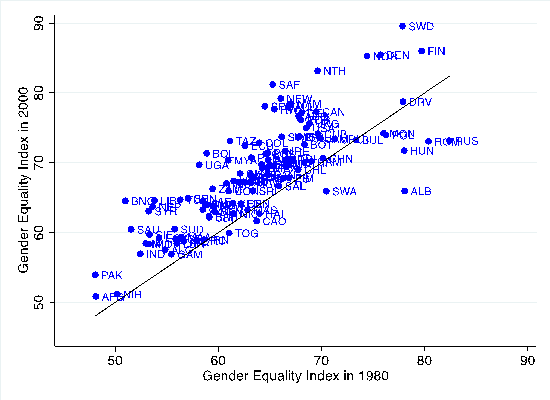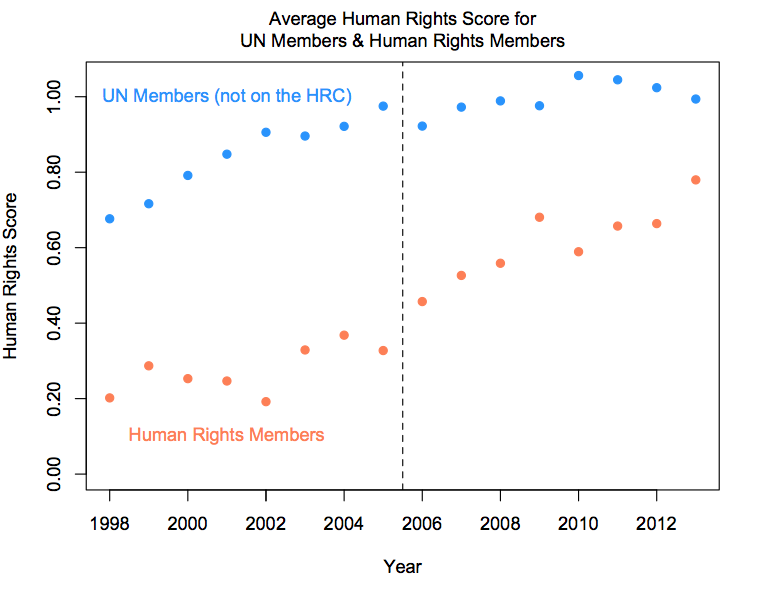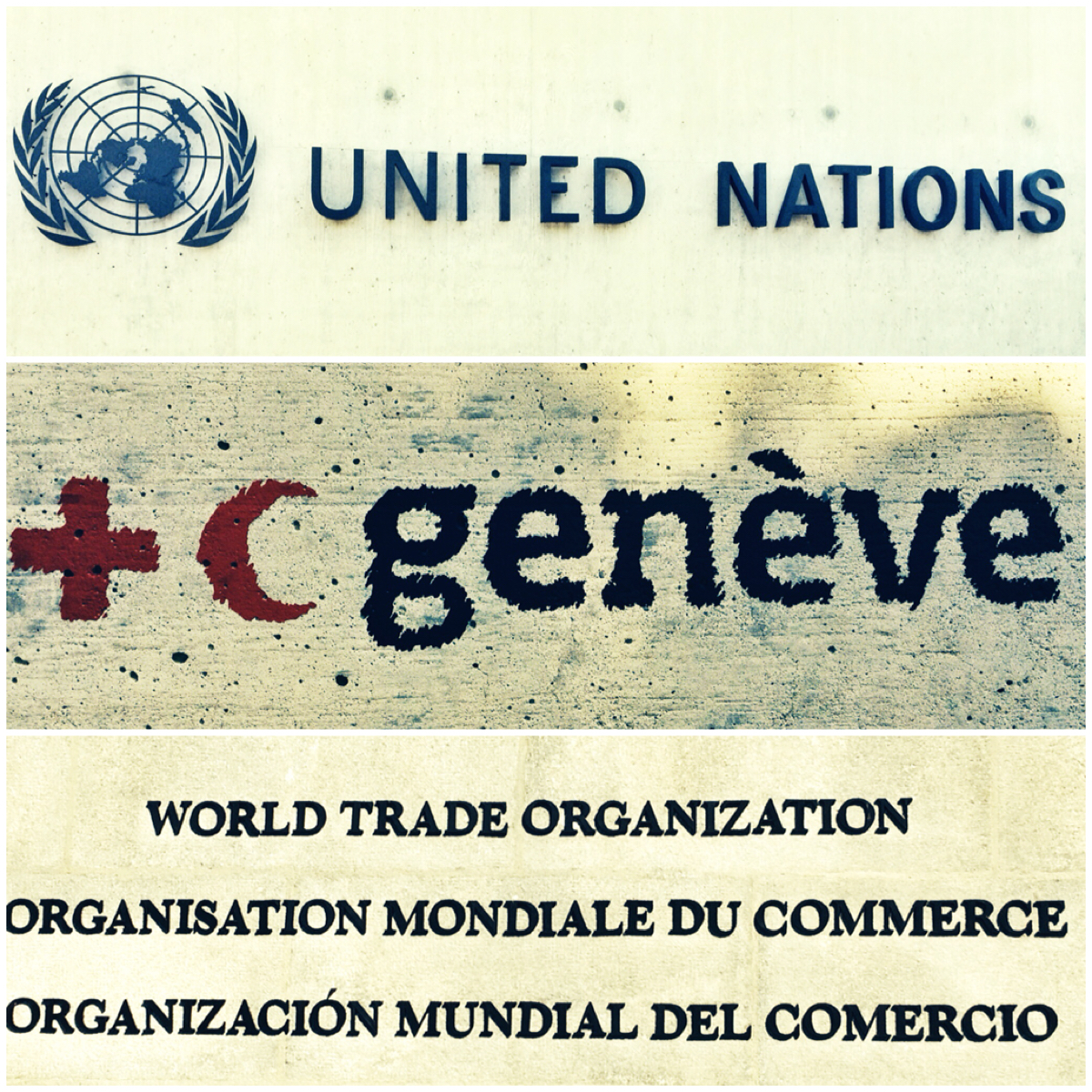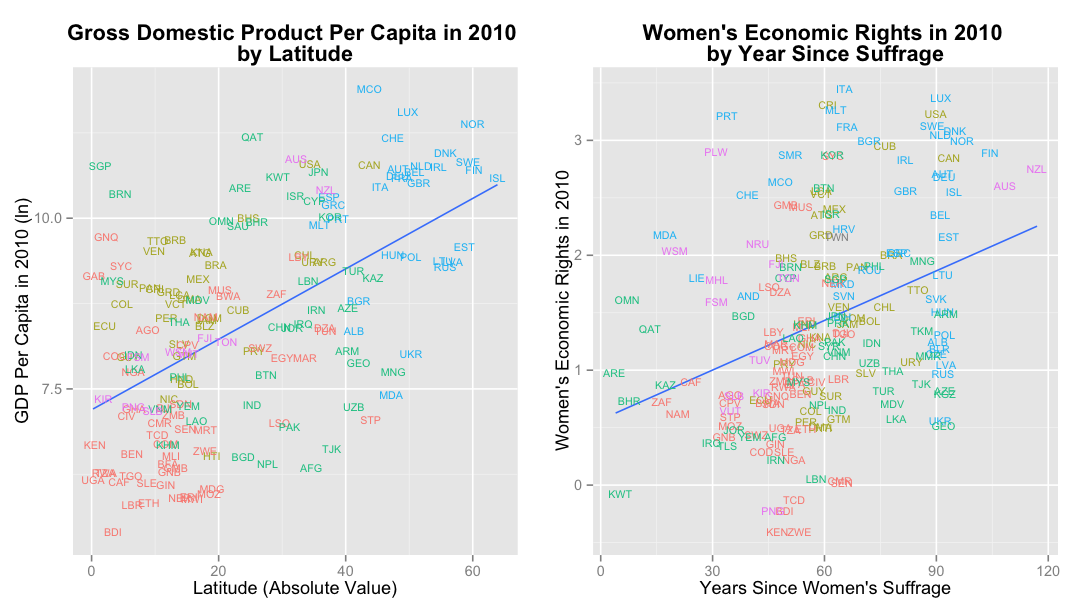The following guest post comes from Joseph Blocher and Mitu Gulati, Duke Law School.
Let’s begin with a point of agreement: Ukraine’s financial condition is bad. Its currency is in free fall, its foreign hard currency reserves have collapsed, its economy is shrinking, and it is fighting a war. Absent a big IMF-EU bailout soon, Ukraine will default.
That $ 15-20 bn bailout that Ukraine needs, however, does not appear to be forthcoming. There are many reasons for this, but a big one is probably that western politicians know that a large portion of Ukraine’s debts are owed to Russia—including a $3 bn bond debt that matures in 2015. In other words, bailing out Ukraine would effectively mean transferring funds to Vladimir Putin. The bailout will probably come eventually, but it will not be the full amount Ukraine needs to pay its creditors. In the meantime, how can Ukraine (a) make up for the shortfall, and (b) make the bailout more palatable to western taxpayers?
We suggest that Ukraine respond to the Russian debt claims by arguing that it is entitled to a set-off for Russia having taken large portions of its territory. This argument will likely to made before an English judge, since the $3 bn debt is governed by English law.
As we explain in our article, traditional international law essentially gives that English judge two extreme and unappealing options. Either Ukraine had an exclusive right to determine Crimea’s fate regardless of the Crimeans’ wishes (the standard rule of territorial integrity), or Crimea was so egregiously oppressed that it had an exclusive right to determine its own fate (the principle of self-determination or remedial secession).
This is a disappointing menu of options, and seems particularly ill-suited to the Ukraine-Crimea-Russia crisis. We accept the idea of remedial secession, but it seems unlikely that Crimeans suffered the extreme humanitarian abuse necessary to justify it. And the traditional rule that nations can buy and sell regions as they see fit seems antiquated and in conflict with the right of self-determination that the UN Charter gives to “all peoples.”
There has to be an in-between category, one that covers situations where a region is systematically disfavored but not horribly. In this in-between scenario, where the people of a region are clearly denied equal rights and representation (a standard we borrow from the Charter), we suggest that those people should have a right to look for a better sovereign partner. Further, the current sovereign should not be allowed to bar their exit. But, unlike in the scenario where the people are being abused so badly that they get to exit for free, there should be compensation owed to the former sovereign. Put another way, when a nation oppresses a region—albeit not egregiously—we would protect its sovereignty with a liability rule rather than a property rule. The “damages” due to the parent nation (in this case Ukraine) would be set by the market (i.e., bids from outside nations), with a right of appeal to an international body like the ICJ.
For purposes of illustration, let us assume that, prior to the Russian seizure of Crimea, Ukraine was denying representation and equal rights to the people of Crimea, but not (as some Russian sympathizers have suggested) oppressing them so severely as to trigger the right of remedial secession. This would trigger our liability rule. In such a scenario, a transfer might be legitimate (if the Crimeans actually chose Russia from among all other suitors), but still not free. Ukraine must be compensated for the loss. And because Russia is Ukraine’s largest creditor, that compensation could take the form of an offset. Alternatively, a stay could be issued on the ability of Russia to enforce its debt claims until the compensation amount is decided. The end result would be a legitimate, compensated transfer of territory that reduces the incentives for further violence on either side.
Of course, it is somewhat complicated to apply this rule post-hoc, since Russia has already taken Crimea, and no bidding ever occurred. But—assuming that Crimeans genuinely prefer to be part of Russia, which is a plausible but not uncontestable assumption—this is a challenge for the valuation, not for the application of the concept.
Going forward, we think that a market for sovereign control could help lessen the incentives for conflict. Under the current regime, Russia had every incentive to stir up trouble within Crimea, then justify military intervention so as to protect the Russian-sympathizing population there. But such intervention carried both risks and costs for Russia, which wants its acquisition to be recognized as legitimate under international law. A market would have given Russia an alternative: direct that military spending into a financial offer, which could lead to a voluntary and more legitimate cession. It is nowhere near a silver-bullet solution. But surely anything that provides some marginal deterrent to the next crisis is a step in the right direction.
 Written with Adam Chilton and Bartek Woda.
Written with Adam Chilton and Bartek Woda. 

 The flood of refugees into Europe–which will likely end badly–shows once again the inability of European institutions to handle a crisis. The source of the problem is the abolition of border controls without the creation of a pan-European homeland security agency and other institutions for allocating resources and sharing burdens. Europeans wanted the convenience of a borderless continent without the risks to national sovereignty that would have resulted from the creation of an agency with coercive powers. The problem parallels the debt crisis, a result of the abolition of currency borders without the creation of a pan-European fiscal and banking authority. European integration, once seen as a juggernaut and a model for the world, has been in crisis since 2009. I have more on this
The flood of refugees into Europe–which will likely end badly–shows once again the inability of European institutions to handle a crisis. The source of the problem is the abolition of border controls without the creation of a pan-European homeland security agency and other institutions for allocating resources and sharing burdens. Europeans wanted the convenience of a borderless continent without the risks to national sovereignty that would have resulted from the creation of an agency with coercive powers. The problem parallels the debt crisis, a result of the abolition of currency borders without the creation of a pan-European fiscal and banking authority. European integration, once seen as a juggernaut and a model for the world, has been in crisis since 2009. I have more on this 





